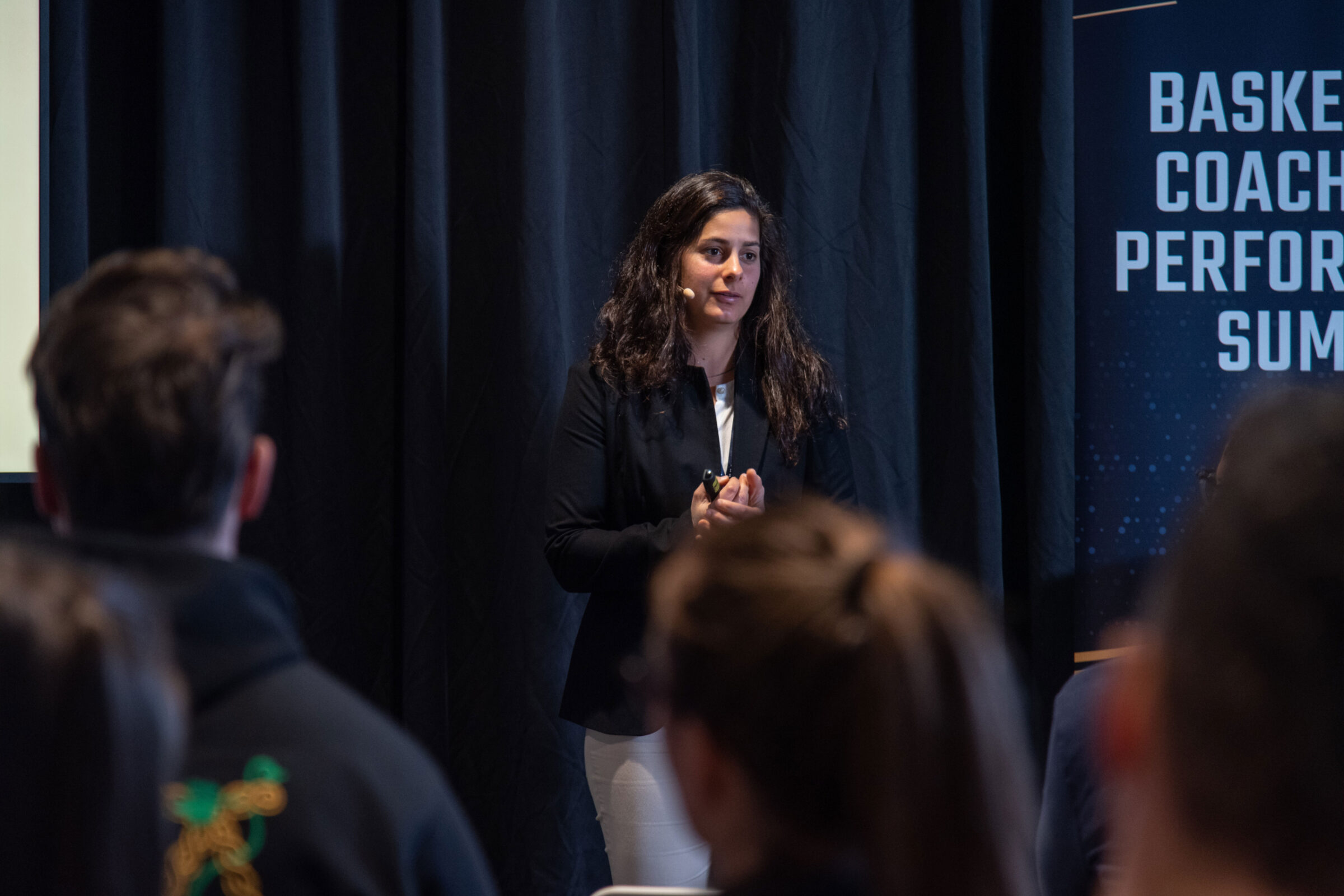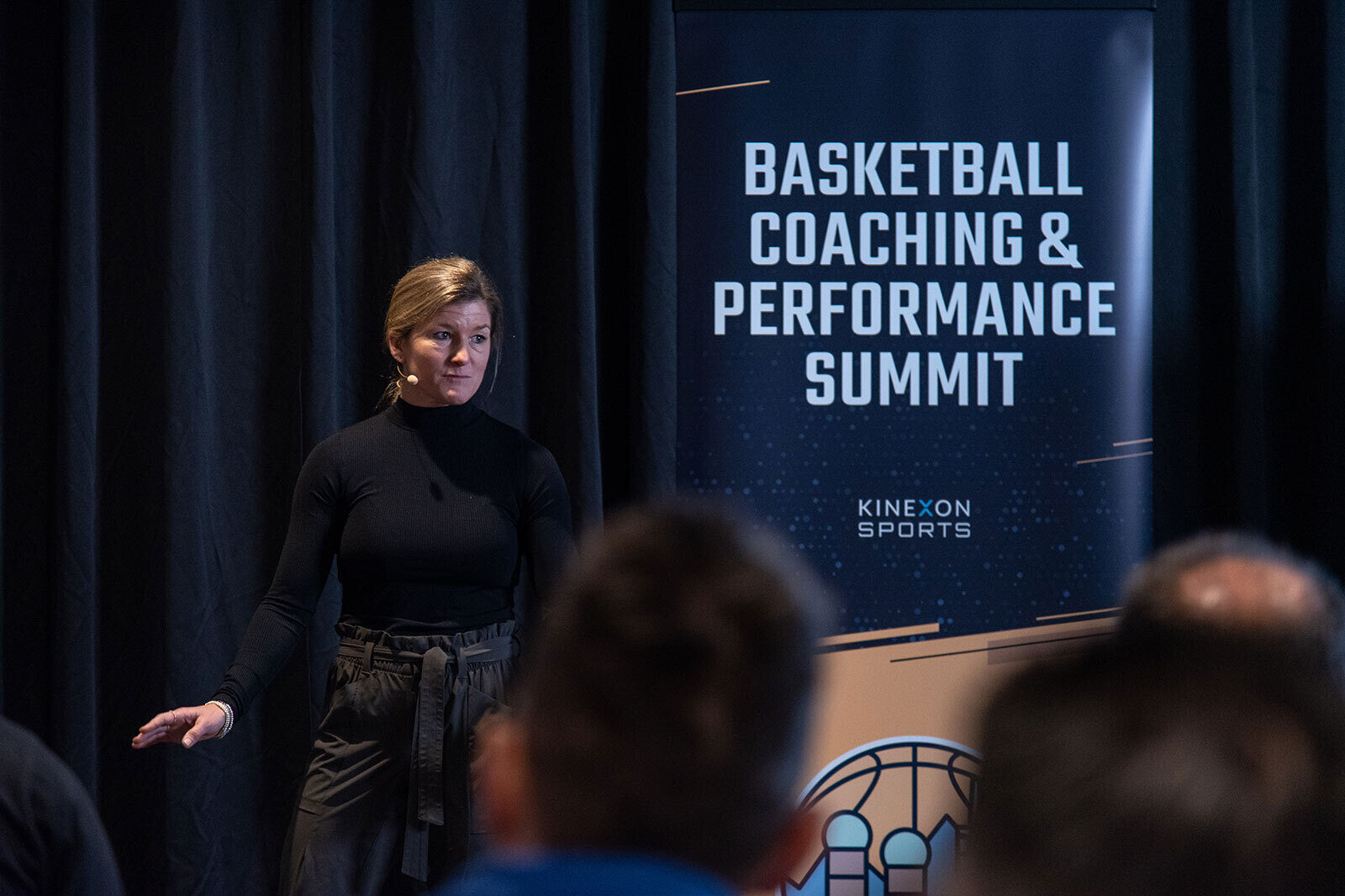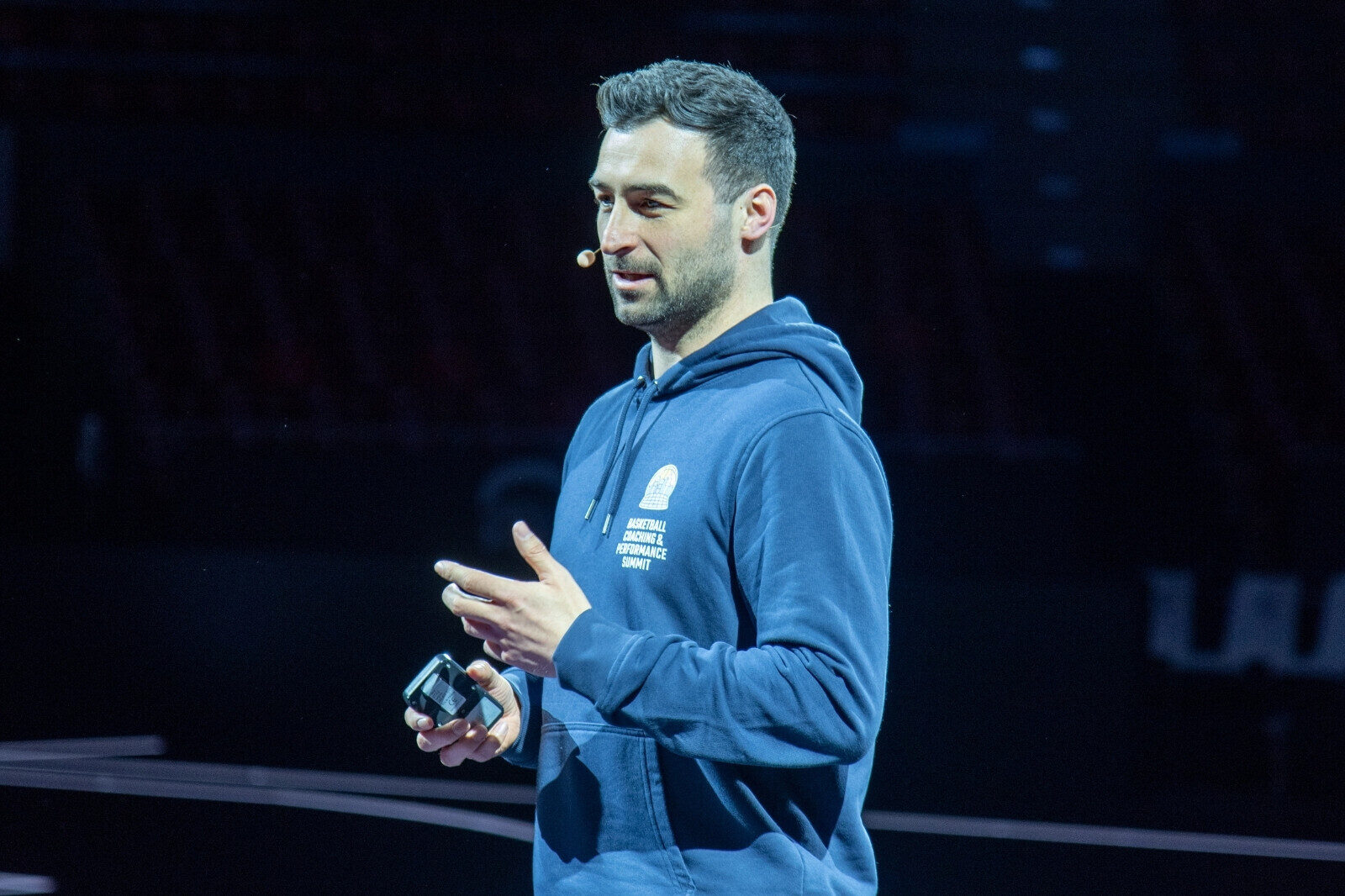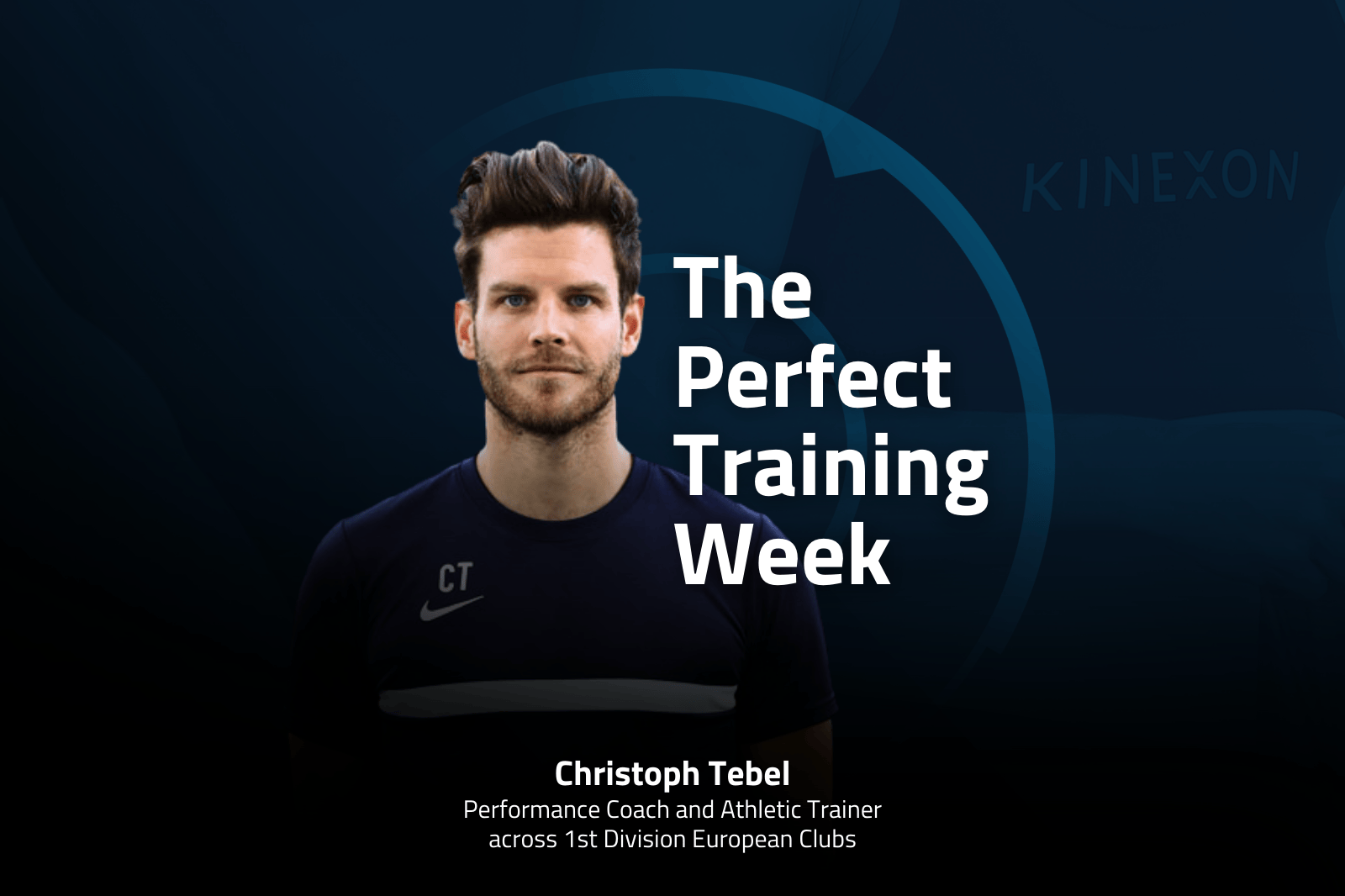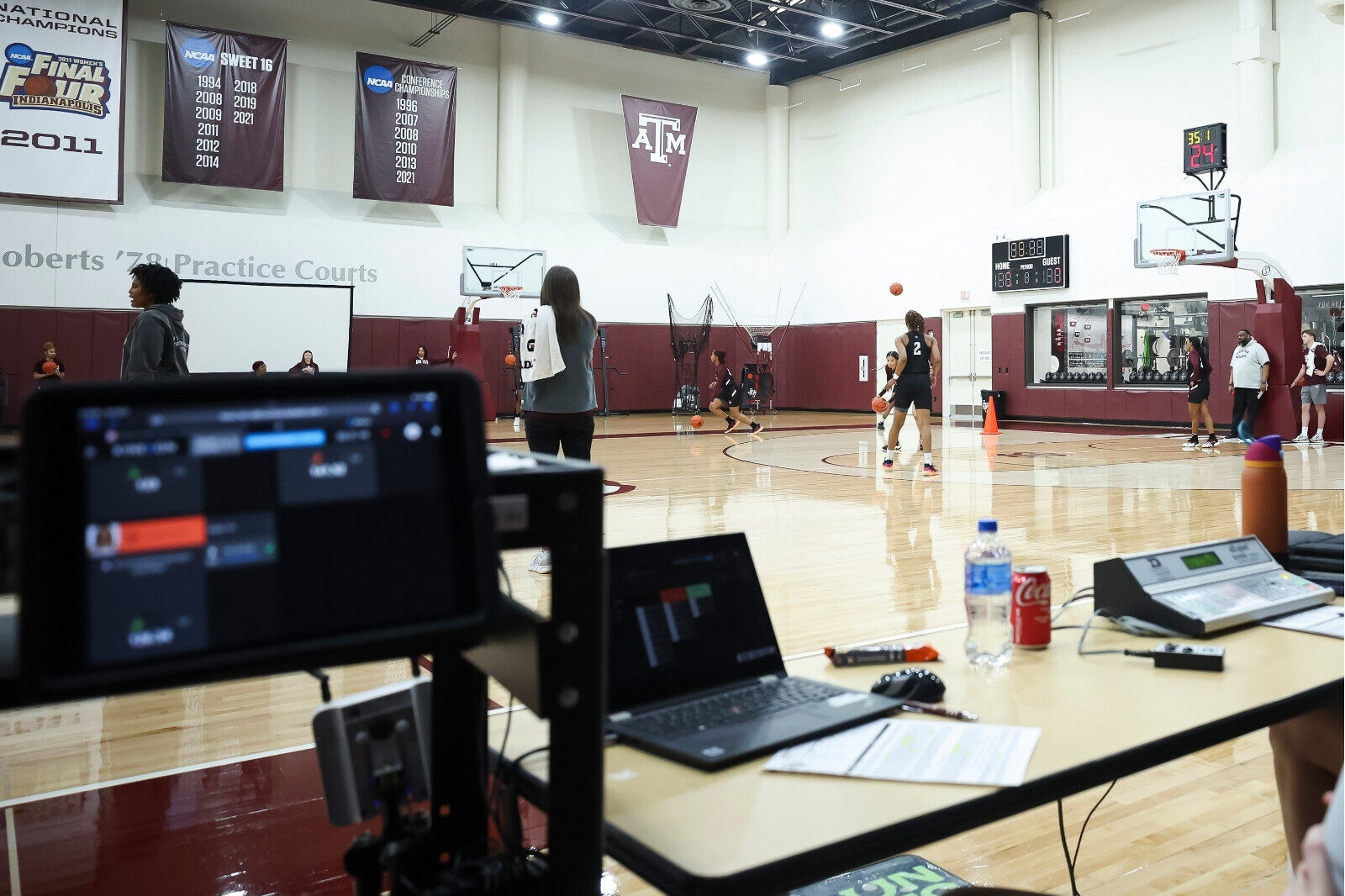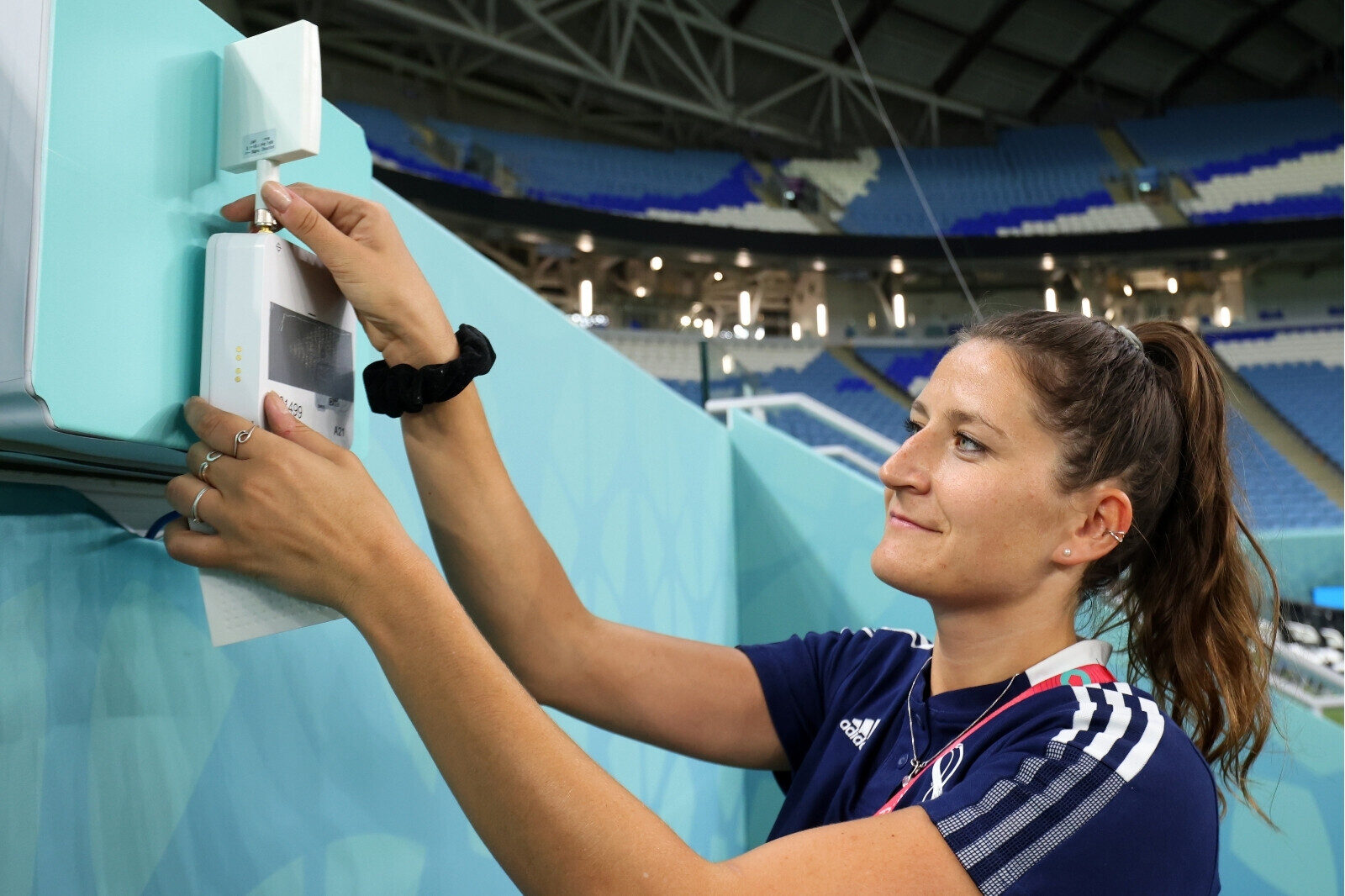How to Develop Cycle-Syncing Workouts for Women Athletes
Author: Jana Hubel
Research shows that each phase of the menstrual cycle may affect a women athlete’s performance, but developing cycle-syncing workouts can help.
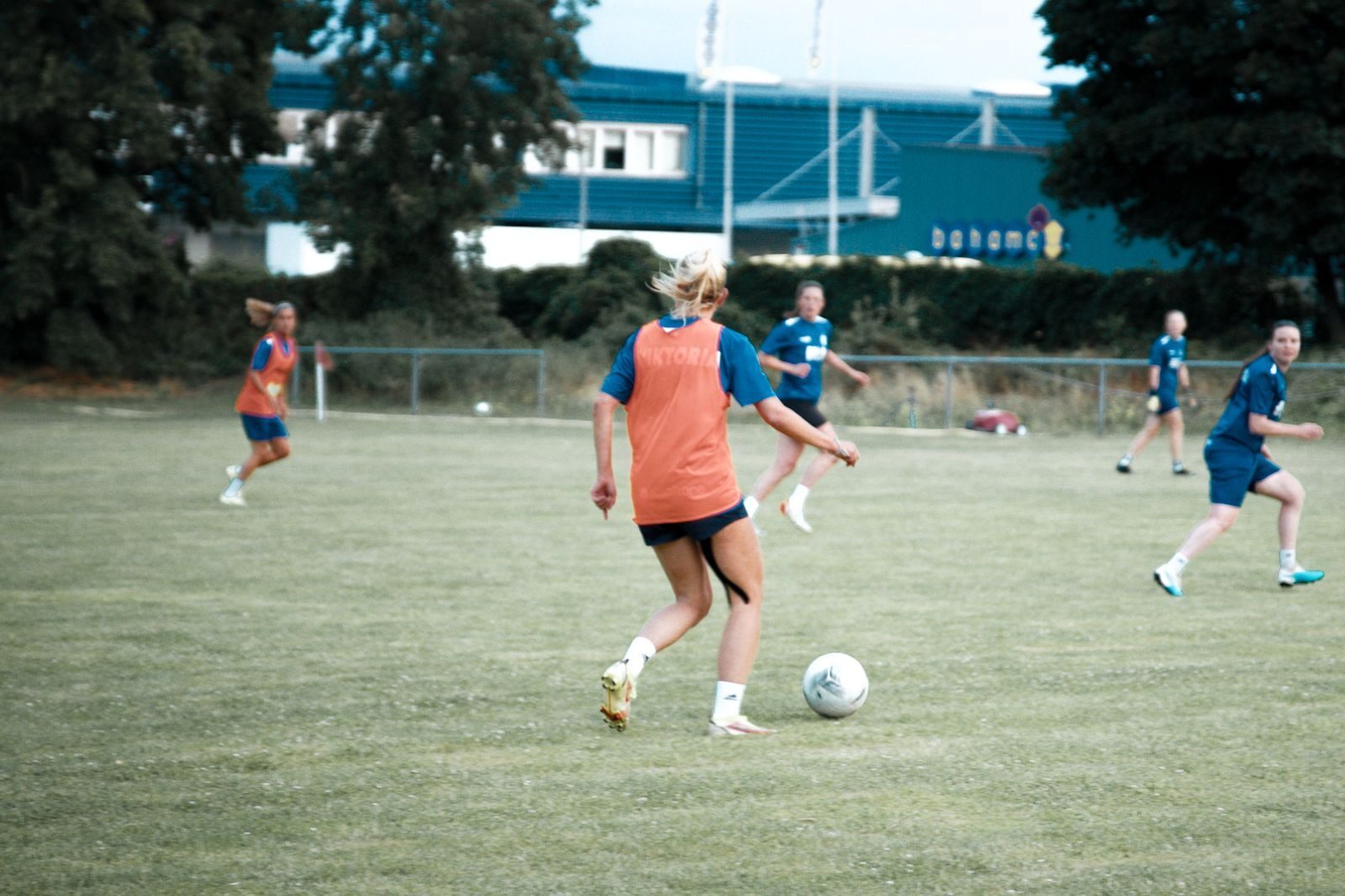
Research shows that each phase may affect a women athlete’s performance, but developing cycle-syncing workouts can help improve sports performance.

During the menses stage (when you have your period), estrogen and progesterone are exceptionally low. They start to rise in the follicular stage, which prepares your body for ovulation.
In the luteal stage, which follows ovulation, both hormones are high, but oestrogen has its peak in the late follicular phase. They then drop sharply in the pre-menses stage, which signals the end of the cycle.
Each Menstrual Cycle Phase Affects a Woman's Body Differently

These hormonal fluctuations have an impact on your exercise performance and preferences. Some studies suggest that you can tailor your workouts to match your cycle stages, and benefit from the hormonal changes.
For example, the luteal stage might be ideal for strength training — resistance is key here. So, less intervals etc., and more strength training with moderate weights, endurance runs, stability, co-coordination, etc. This is because both estrogen and progesterone can enhance your muscle growth and endurance. You might also burn more calories and eat more during this stage, as well as experience a small weight loss.
Do Women Athletes Have More Stamina During Follicular Stage?

The follicular stage may offer some advantages for strength training. You might also have more stamina and endurance during this stage, as estrogen boosts your blood flow and oxygen delivery.
However, when estrogen and progesterone are very low during your period (menses stage), you might not see much progress in your muscle development. You might also feel more tired and drained, due to the hormonal dip and the blood loss. This might be a good time to take it easy and focus on low-intensity exercises and recovery.
Since hormones are low, one is also primed for HIIT workouts, but it’s very dependent on how you feel/what symptoms you have. For example, if you have pain, recovery sessions, such as yoga, are good.
Developing Cycle-Syncing Workouts

Cycle-syncing workouts can be safe and effective if you are consistent with them. You need to track your cycle carefully to know which stage you are at. You also need to schedule your workouts, accordingly, depending on the type of exercise you want to do.
At KINEXON Sports, we’ve teamed up with AWS to change the status quo when it comes to women’s sports.
We collaborate with women’s teams and request them to identify specific needs for creating player monitoring and sports data analysis tools that enable customized training programs for women athletes. This includes the use of daily planners. It’s a monitoring tool that coaches can use to set goals and help to plan training and build groups to create cycle-oriented workouts.
But the menstrual cycle is just one of the many factors we consider, so we can help players and teams perform at their best, in addition to:
- Injury Risk
- Player Performance
- Wellbeing
Our main objective is to empower women in sports to reach new performance levels through daily planning, sports data, and analytics.
This may seem complicated, but these special and rare insights can be obtained in five simple steps. To learn more about developing cycle-syncing workouts for your team, download our guide by clicking the link below.
